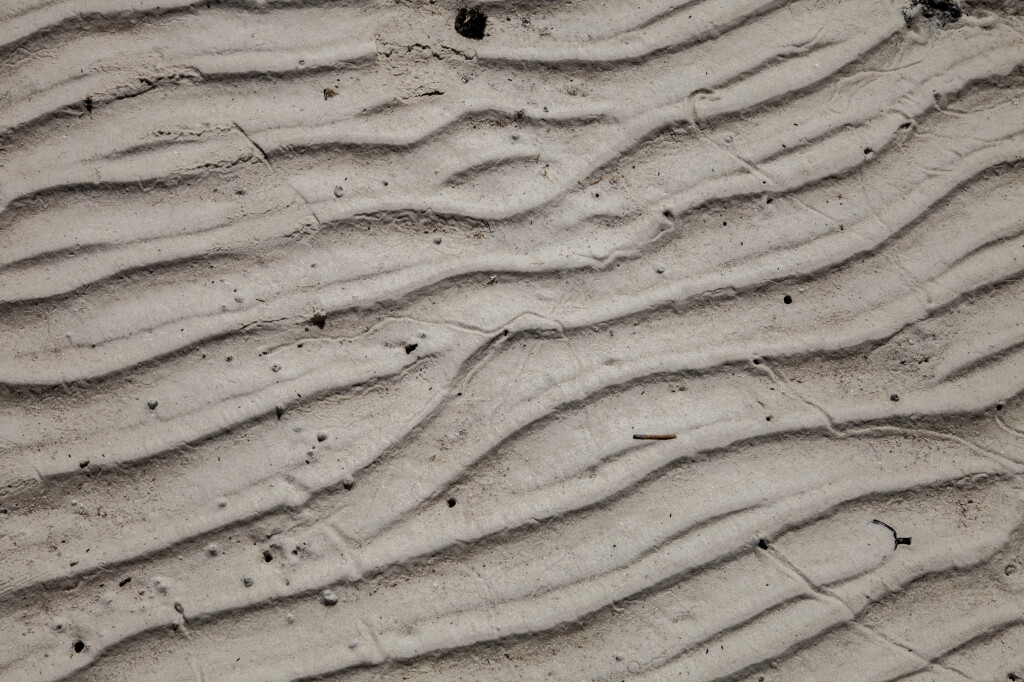Asking Why?
by Roy Winkelman
Nature photos can be great jumping-off points for exploration. I enjoy being outdoors. I always find the patterns in nature intriguing and often ask myself, “Why?” as I’m walking along. Why are those clouds shaped as they are? Why do these leaves grow in this pattern? How did that rock erode as it did? Fortunately, in this day and age, the answer to just about every question is at our fingertips thanks to the Internet. All we have to do is ask.
One way of using photos in the classroom is to pick one and then ask students to come up with a question about it. Sometimes it will take a moment or so to figure out a good question, since there’s so much we simply take for granted, but once we get beyond that, the questions come easily.

Here’s a beach photo I took at Biscayne National Park. It’s pretty obvious that the patterns in the sand at low tide were caused by waves. So far, so good, but that’s not the end of the story. There’s still a good question here. If you’ve watched waves come in, they are always straight or gently curving lines. So how do all the irregularities form in the sand? The patterns often look more like fingerprints than waves. Now that’s a good question.
It the case of this photo, it didn’t take long to find an answer on the MIT website. They have a fascinating video that captures how those fingerprint-like forks and whorls form.
Read “Beach sand ripples can be fingerprints for ancient weather conditions” by Jennifer Chu and view the video showing the formation of the “fingerprints.”
Many people would look at the beach photo and decide that it’s just waves and not think any further. My question led me to a fascinating video and left me with a greater understanding of the forces of nature that produced the patterns I enjoy. We may not often be able to take our classes on field trips to experience nature firsthand, but using photos as a catalyst for questions can help to stimulate curiosity. And, hopefully, we’ll be setting the stage for our students to continue to explore the arts and sciences so that one day they’ll be asking (and answering) questions on topics that the Internet can’t yet provide an answer for.
You’ll find many interesting photos to ask questions about on the ClipPix ETC website. For starters, you might want to check out these galleries:

